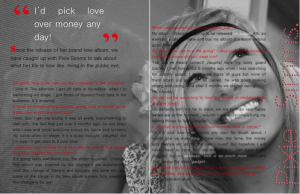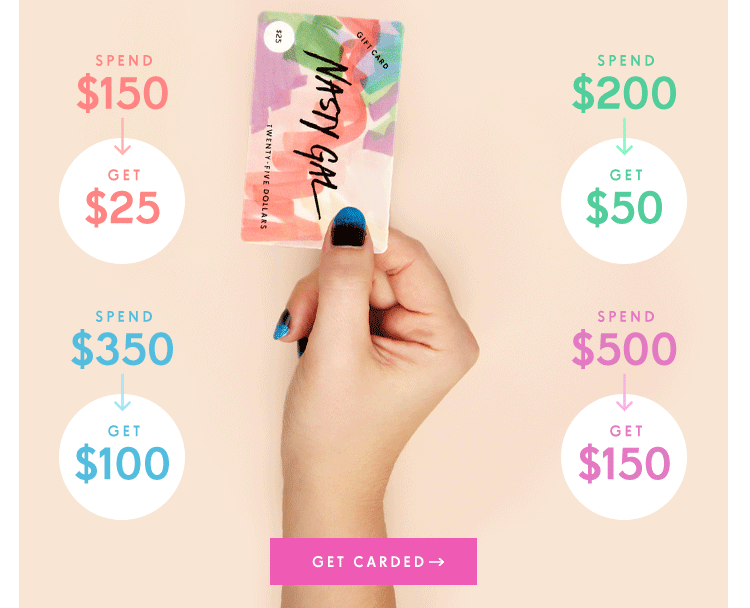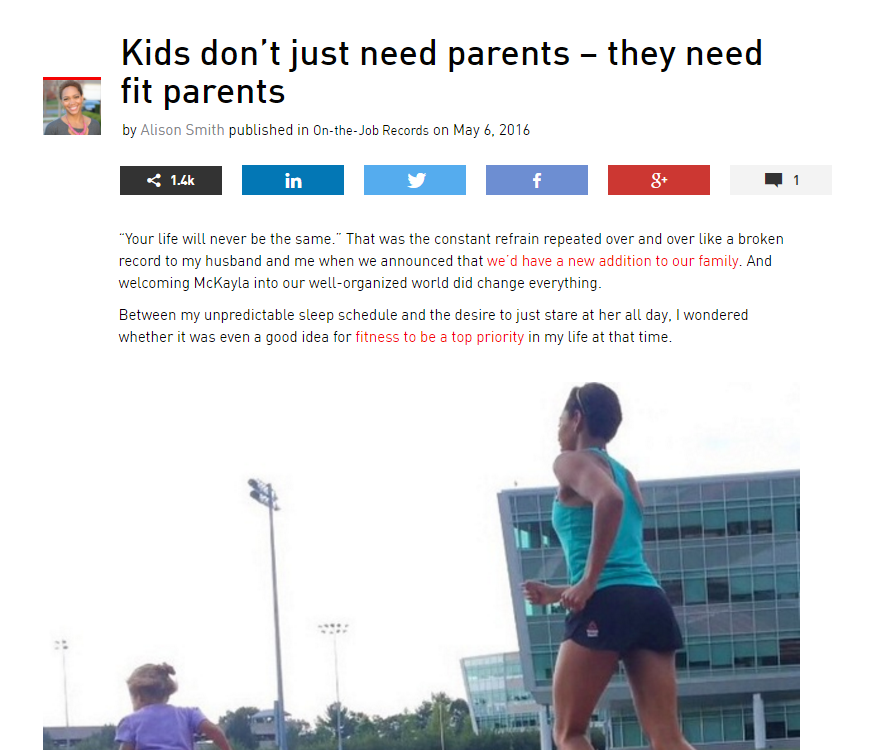In 2019, Singles Day broke all retail records with sales hitting more than $38 billion in the 24 hour period. In fact, merchants and brands participating in the online retail festival earned as much as 20 billion USD from livestreaming alone, selling furniture, apparel, beauty, and consumer electronics.
Livestreaming’s roots can be traced back to live television shopping shows such as QVC and Home Shopping Network, where people could shop for, well, anything under the sun. The faces of these shows were enthusiastic individuals who hoped to make the audience believe in the brand and product. Decades later, we have influencers, actors and other social media stars doing the same thing – only this time, we get to carry them around in our palms and pockets.
In China, livestreaming has become a source of entertainment, with many brands and influencers using it as a tool to launch and quickly sell their products. On livestreaming platforms such as ShopShops, luxury brands and independent re-sellers alike have found themselves a dedicated audience that is quick to lap up their offerings.
But just because a bunch of brands are jumping on the livestream bandwagon, should you? Here are some compelling reasons:
To woo your Gen-Z audience
Young audiences want quality content at their fingertips, and they want it now. Tune in to Instagram, Facebook, Twitch, Periscope – any platform which facilitates livestreaming and it’s easy to see why.
The scope for consumer engagement and interaction is unlimited – people can ask questions, make purchases, receive updates on their favourite brands or insider information about exclusive launches, and send the host love and appreciation in the form of react buttons and stickers. What’s more, all of this occurs in real-time on people’s handphones.
Beauty brands favoured by millennials, such as Fenty Beauty, Glossier and Sephora have been innovating with their usage of livestreams, where they regularly invite influencers, makeup artists and celebrities to create looks and conduct tutorials. Rihanna herself has regularly taken to livestreaming to promote and educate consumers about the latest products.
To showcase your brand and start a conversation
Why fork out precious marketing dollars for a promotional video campaign, when you can just as easily and effectively leverage live-streaming at a lower cost, and ensure that you reach a wider audience. With livestreaming, you can kickstart a long-lasting conversation with fans and customers, and build credibility by having professionals display and vouch for the quality of the products.
Announcing new products and offering exclusive packages and deals during a livestream is also an excellent way to gauge demand for it. However, live-streams should be more than simply getting your product to fly off the shelves. You want to connect with people emotionally so they keep coming back to watch you.
To increase authenticity
There is also something inherently raw and realistic about live-streaming, which comes across as intimate and authentic to fans. While polished video campaigns highlighting new products in detail are undoubtedly appealing, the spontaneous and uninhibited nature of a live-stream draws in people easily.
There is no scope for editing, deleting or revising parts of the content — all the action unfolds before the viewer’s eyes. Sometimes, live-streams do not even need to be in a professional studio with perfect lighting. Influencers and indie brands will often film a session from the comfort of their homes. This makes viewers feel as though they are being included in the private world of an Internet personality.
As a brand, you would want to make yourself accessible to customers at all times. Why not turn to a tool which will help you reach a wider audience, and lend you the visibility to grow?
Want to make livestreaming a part of your media strategy? Write in to [email protected] and we’ll make it happen!


 Work first, then pool time? Thai and stop us… | Photo by: Ian Lee
Work first, then pool time? Thai and stop us… | Photo by: Ian Lee


















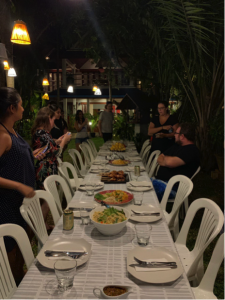
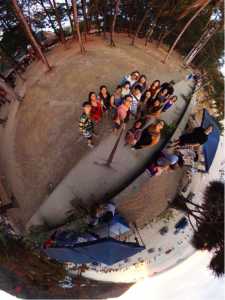 A 360 team photo at Nai Harn Beach | Photo: Ian Lee
A 360 team photo at Nai Harn Beach | Photo: Ian Lee





